Director and DP Stewart Kyasimir explains how the boxing docu-series was post-produced at Workerbee
Four-part documentary series Four Kings looks at the lives of four of Britain’s best boxers.
Produced by Workerbee for Prime Video, the series also explores topics such as racial prejudice and breaking down societal barriers in the world of sport and mainstream media.
The series was directed and shot by DP Stewart Kyasimir. He said: “The team was looking for a director who could relate to the boxers and bring a more organic flow to the interviews, or conversations as I’d prefer to call them. Many might assume that boxing is a grassroot story for lots of black ethnic people in the 1970s and 1980s with little depth to offer, but there is so much more to it, which is what I wanted to unpack.”
Ahead of the production, Kyasimire began developing the visual style that would carry the series look.
He explains: “I was a set designer before becoming a filmmaker, so I helped to dress the sets ahead of time. We had a list of locations to shoot in, such as churches and grand mansions, so we wanted to make sure that we minimised any white walls and embraced the natural beauty of these locations with an added artistic flair.”
He shot the series in 4K using Blackmagic RAW. The principal camera choice was the Blackmagic URSA Mini Pro 4.6K G2, paired with Zeiss primes. He also used a gimbal rigged Blackmagic Pocket Cinema Camera 6K Pro for the outdoor actuality shots.
Workerbee post-production manager and colourist Keren Aarons oversaw the grade and online in DaVinci Resolve Studio using the DaVinci Resolve Advanced Panel.
Kyasimire said: “I spent about two days with him [Keren] to communicate the look I wanted. I provided images from ShotDeck and references from The Last Dance to guide the visual style.
“We used the gamma wheels to adjust individual elements of the image such as the mid tones, opting for more warmth and contrast in places, without off balancing the natural highlights and shadows.
“I love the colour grading process. We also used DaVinci Resolve for some of the graphics work, specifically with Fusion for the opening titles. For example, we had a style involving news articles, where part of it was created in Photoshop and then brought into Resolve to add movement and effects.”
The series also included archive material that captured the boxers in the earlier days of their careers.
As Kyasimire explains, getting the tapes into a digital format and consistent with the footage they shot was fairly difficult.
He said: “First, we put them in a 3:2 aspect ratio and then added some radius to make it compatible with today’s standard 16:9 delivery format for TV. To colour match that material, we used Resolve’s color chart to analyse the colours of one clip to match with another, which saved us considerable time, and we upscaled the archive footage using the DaVinci Neural Engine; increasing the resolution and lifting the image.”

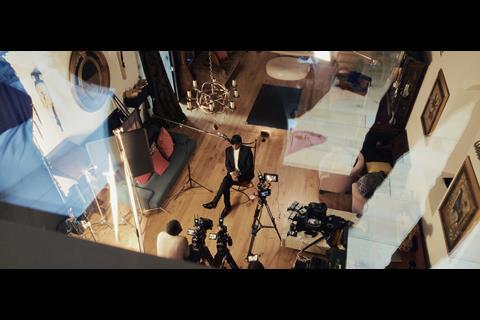
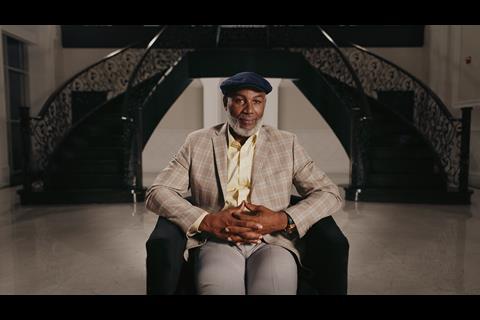
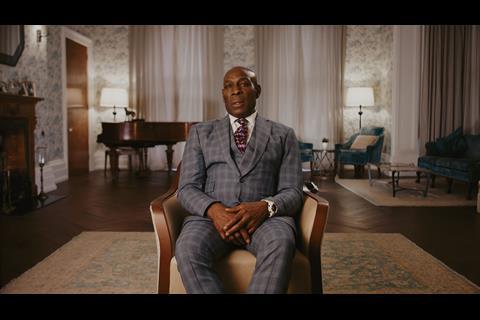
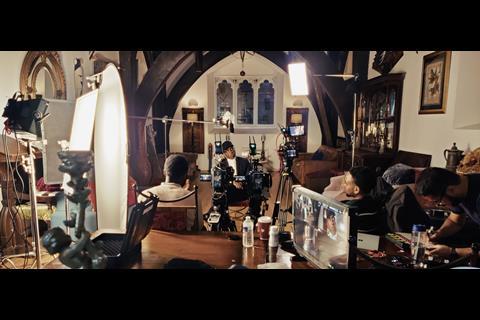

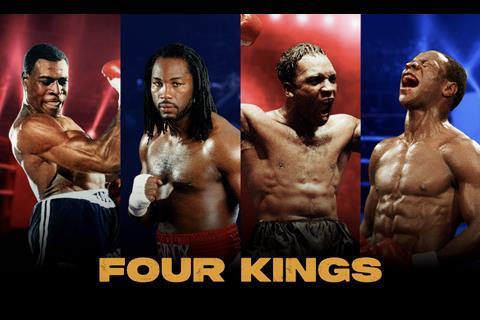






No comments yet